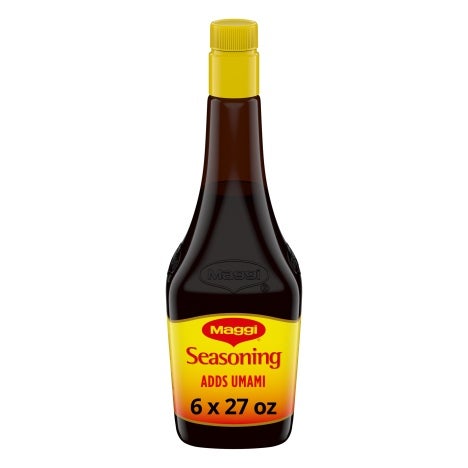
2024 Foodservice Industry Trend Snapshot
What will 2024 bring to the foodservice industry? We preview the changes you need to anticipate in our Trend Report.
Here’s what every foodservice operator wants to know about the coming year: compared to 2023, will business be better, worse, or pretty much the same?
Good news: taken as a whole, the industry is targeted to hit a record high of $889.7 billion in sales of food and nonalcoholic beverages, according to the International Association of Foodservice Manufacturers.
Results will vary among various industry segments, geographic areas, and individual locations but the big number signals that the bumpy terrain of 2020 through 2022 is mostly receding into memory. Beyond the sales bump, below are a few select insights, trends, and observations about the coming year, a small sampling of what will soon be made available via the Nestlé Professional Top 2024 Food & Beverage Industry Trends Report.
- While the appeal of delivered and off-premises meals will never wane, diners are remembering exactly what it is they love about eating in restaurants, including social interaction, buzzy ambience, and deliciously appealing menus, all of it more exciting than eating from carryout containers at home. With the urge to have memorable dining experiences expected to play front and center, expect more traffic in restaurants with consumers thrilled to be well served and freed from having to do dishes when it’s all over
- Restaurant service traditionally has been delivered via high-touch human elements—things such as a friendly greeting, order taking, refilling beverages, and processing payments—but consumers are widening the definition of service to include whatever particulars meet their needs. If it helps make lives, meals, and foodservice transactions easier and more efficient, technology now lands squarely under the heading of good service. Well-designed apps, kiosks that allow skipping lines, AI-assisted drive-thru lanes, and automatic payment systems are among the tech tools readily embraced by consumers for the ease they bring transactions
- The growth of cold beverages is now outpacing that for hot, a trend that is expected to remain steady. From iced coffee to functionally enhanced waters, tropical-flavored coolers and blended beverages, smoothies, slushies, and frappes, consumers are totally chilling out when it comes to quenching thirst. Hot coffee, tea, and cocoa aren’t going anywhere but these frozen assets often add incremental sales
- With ‘work from home’ a hard habit to break, schedules continue to remain fluid and unpredictable with restaurant meal dayparts proving to be less clock-bound and more spur-of-the-moment. Based on whim and appetite, diners are ready to meet for brunch not only on weekends but any day. Lunches often start later and last longer while dinner reservations show a growing bias for early birds
- Led by chefs with multinational interests, a population that’s increasingly diverse, and diners who crave new flavors, preparations, and thrills, menus continue to march boldly into global territory. Flavors will be distinct, authentic, and well pronounced while world cuisines will mix and mingle to create new levels of magic on menus
- Amid much media attention paid to the plant-forward movement and a spate of plant-based food products entering the marketplace, the number of committed vegans and vegetarians hasn’t moved much beyond an estimated 5% to 6% of the U.S. population. What has changed is the high level of interest in flexitarian lifestyles. Even the most avid and avowed meat eaters regularly punctuate their meal routines with plant-based choices. Restaurant menus across all segments are in rapid-response mode, adding widely appealing options that respond to the trend
There’s much more to tell about 2024, including the many opportunities it will present, headwinds that may slow it, customers whose habits will define it, and workers who will help make it all happen. Learn more in the Top 2024 Food & Beverage Industry Trends Report coming soon.
The information provided is based on a general industry overview and is not specific to your business operation. Each business is unique, and decisions related to your business should be made after consultation with appropriate experts.







